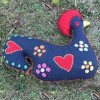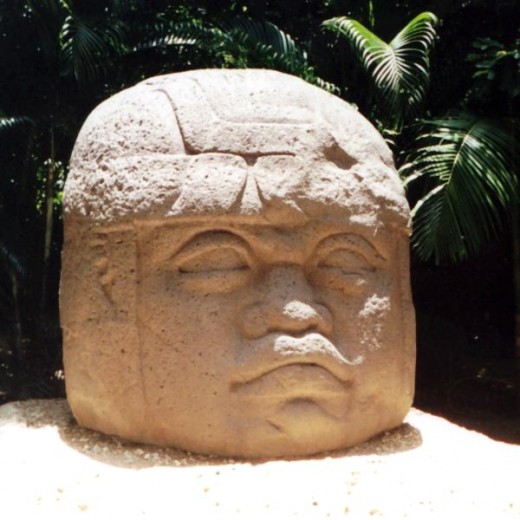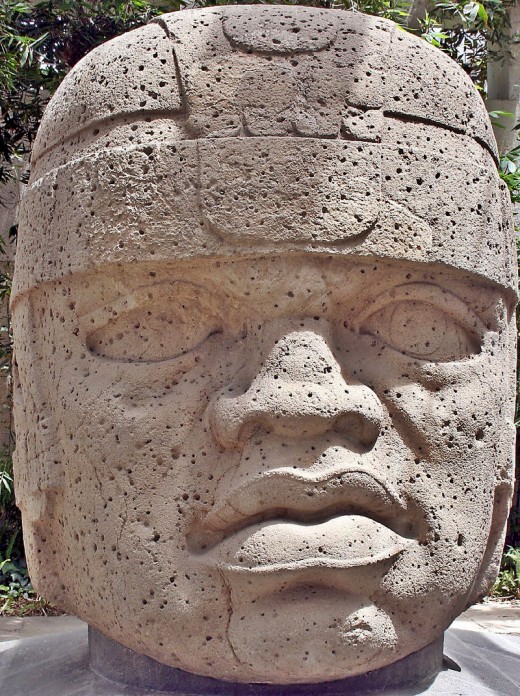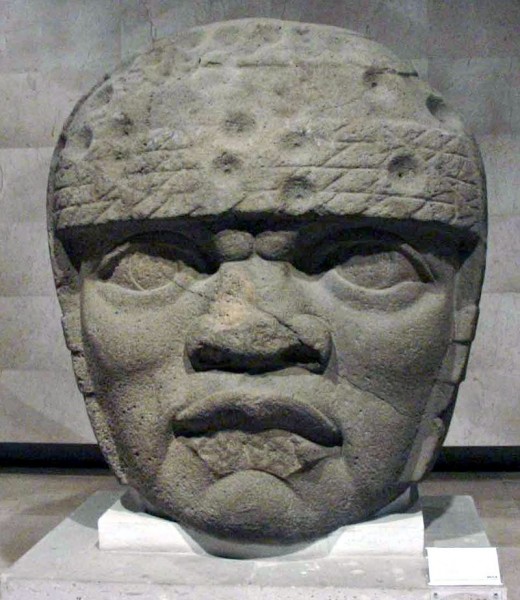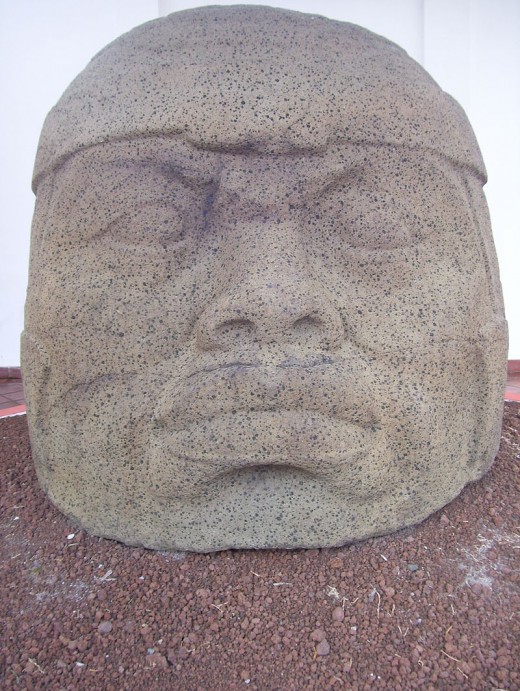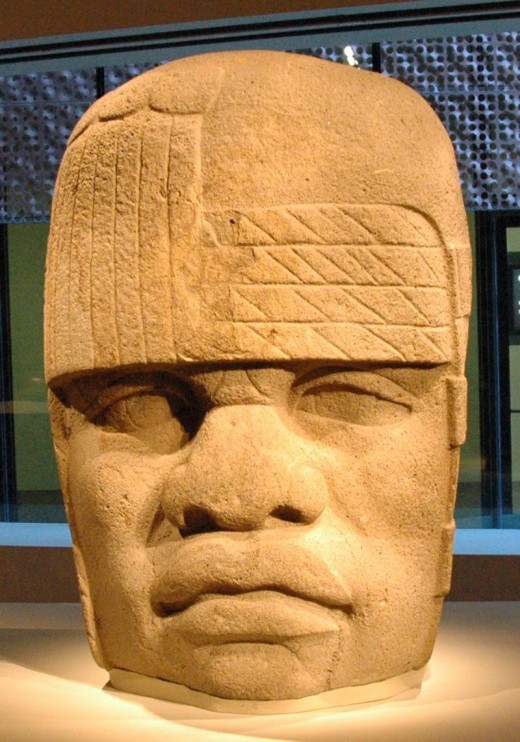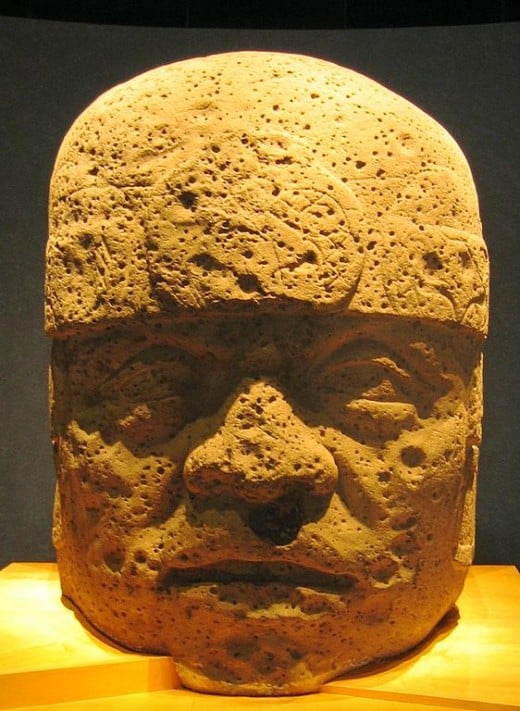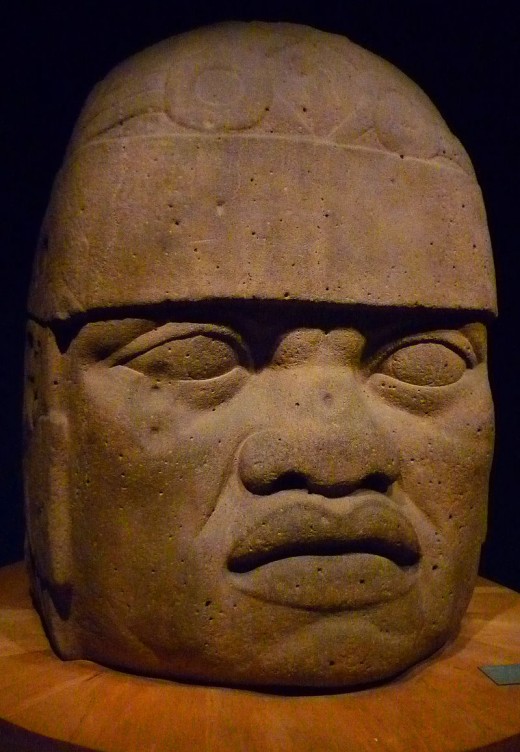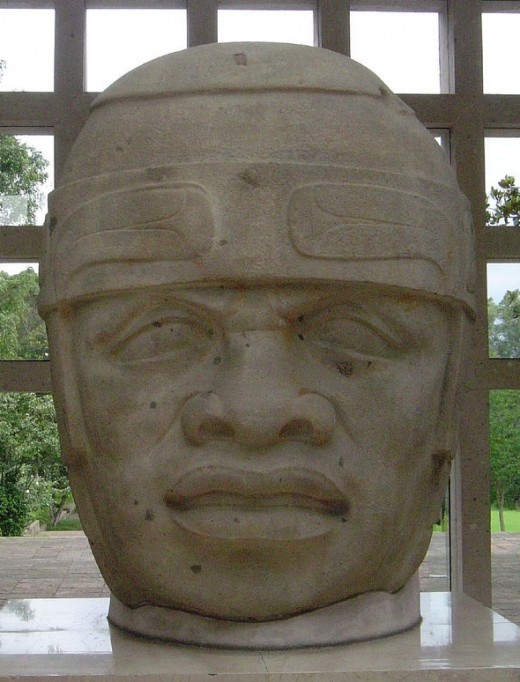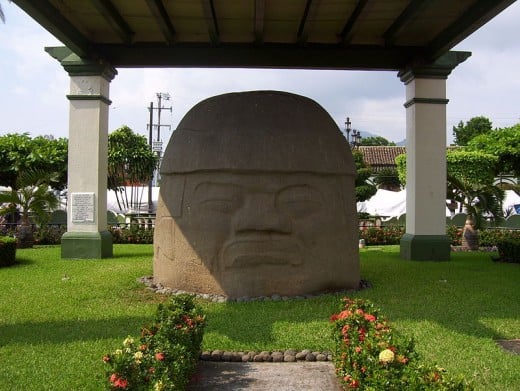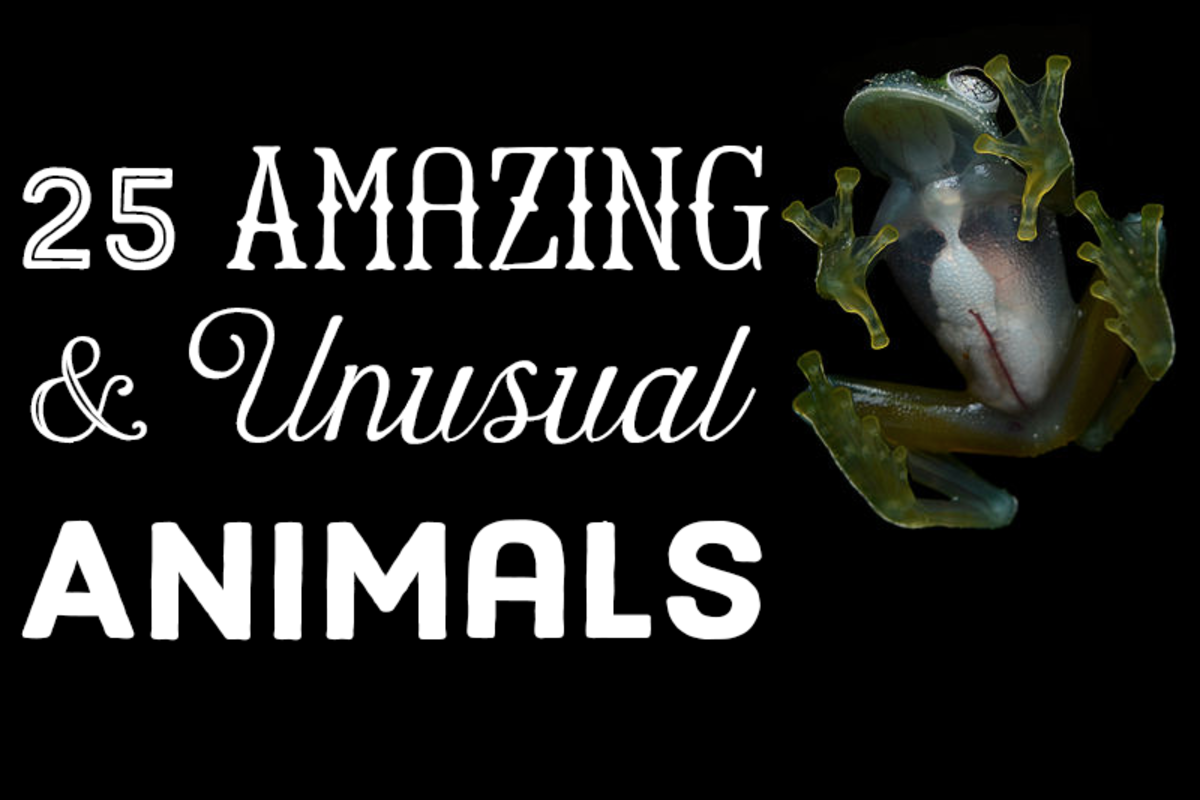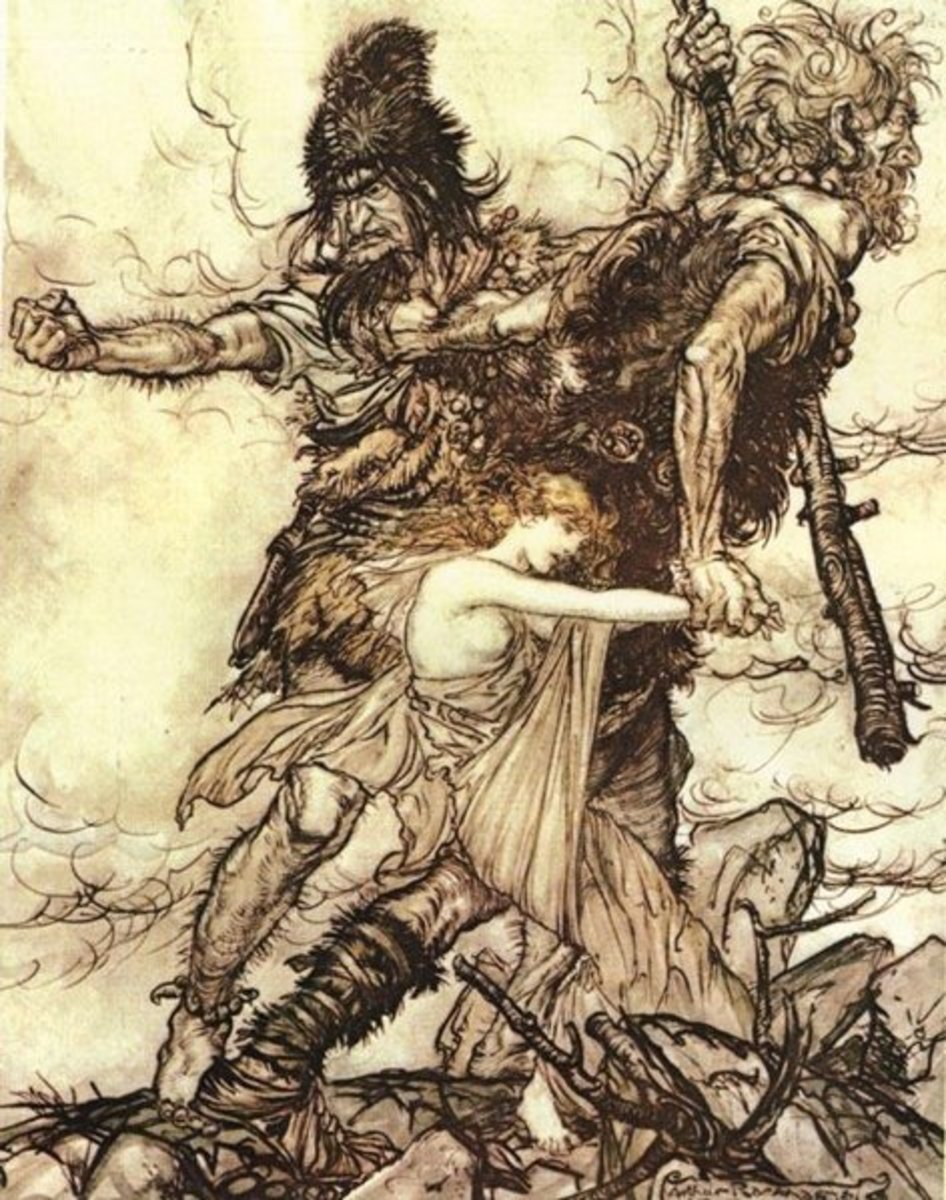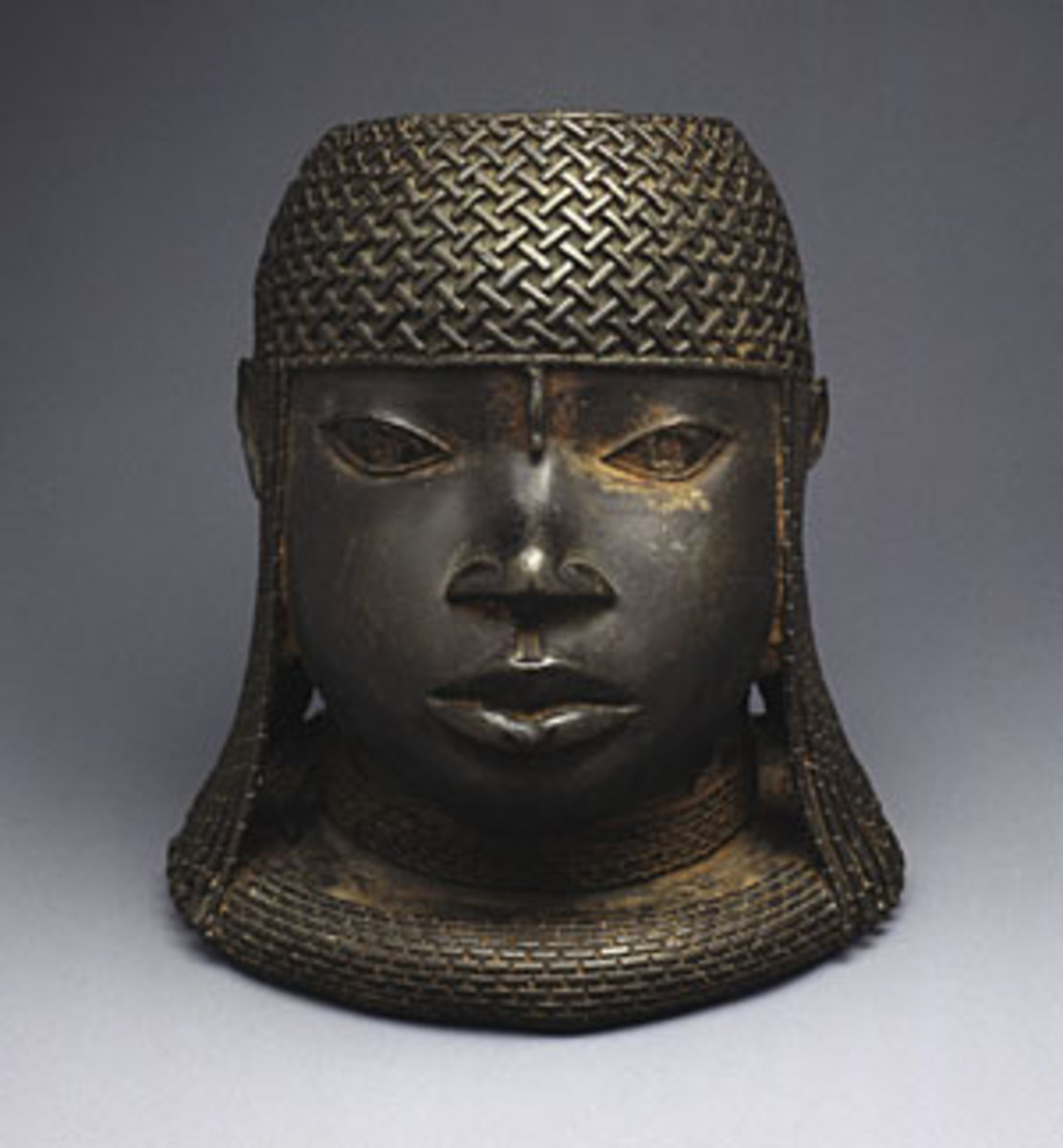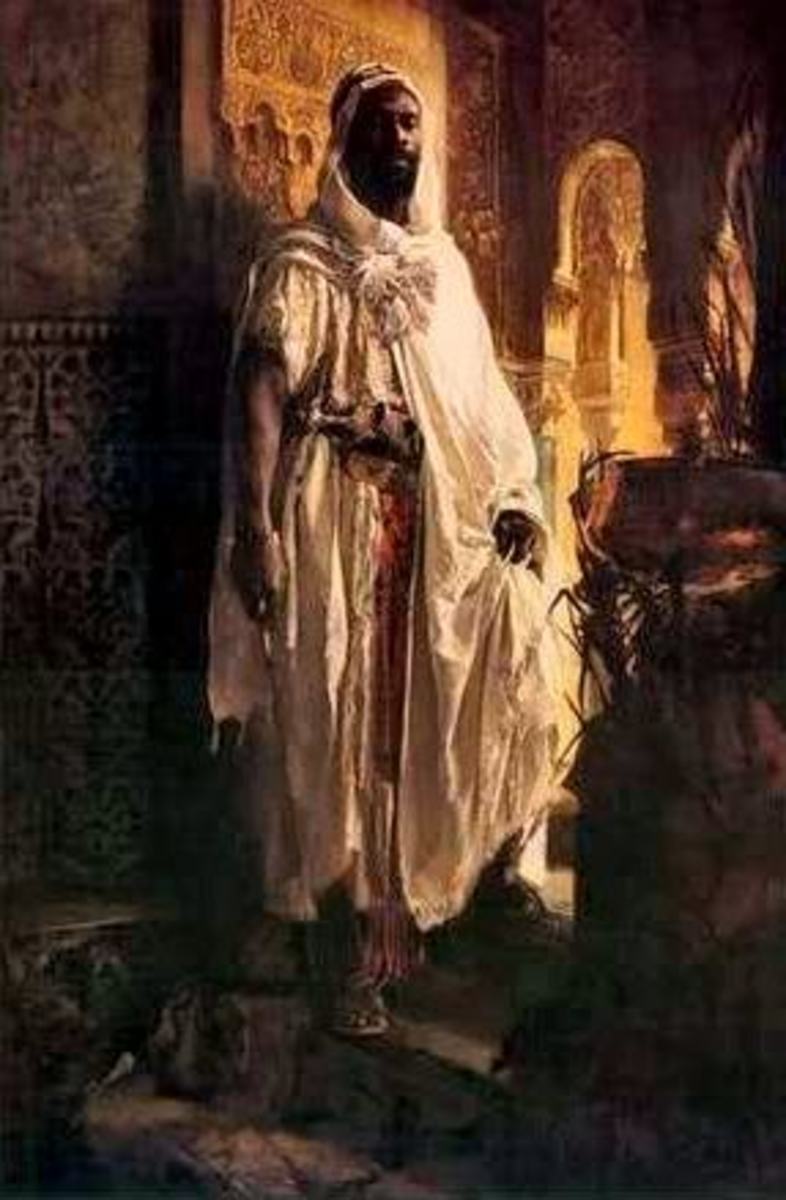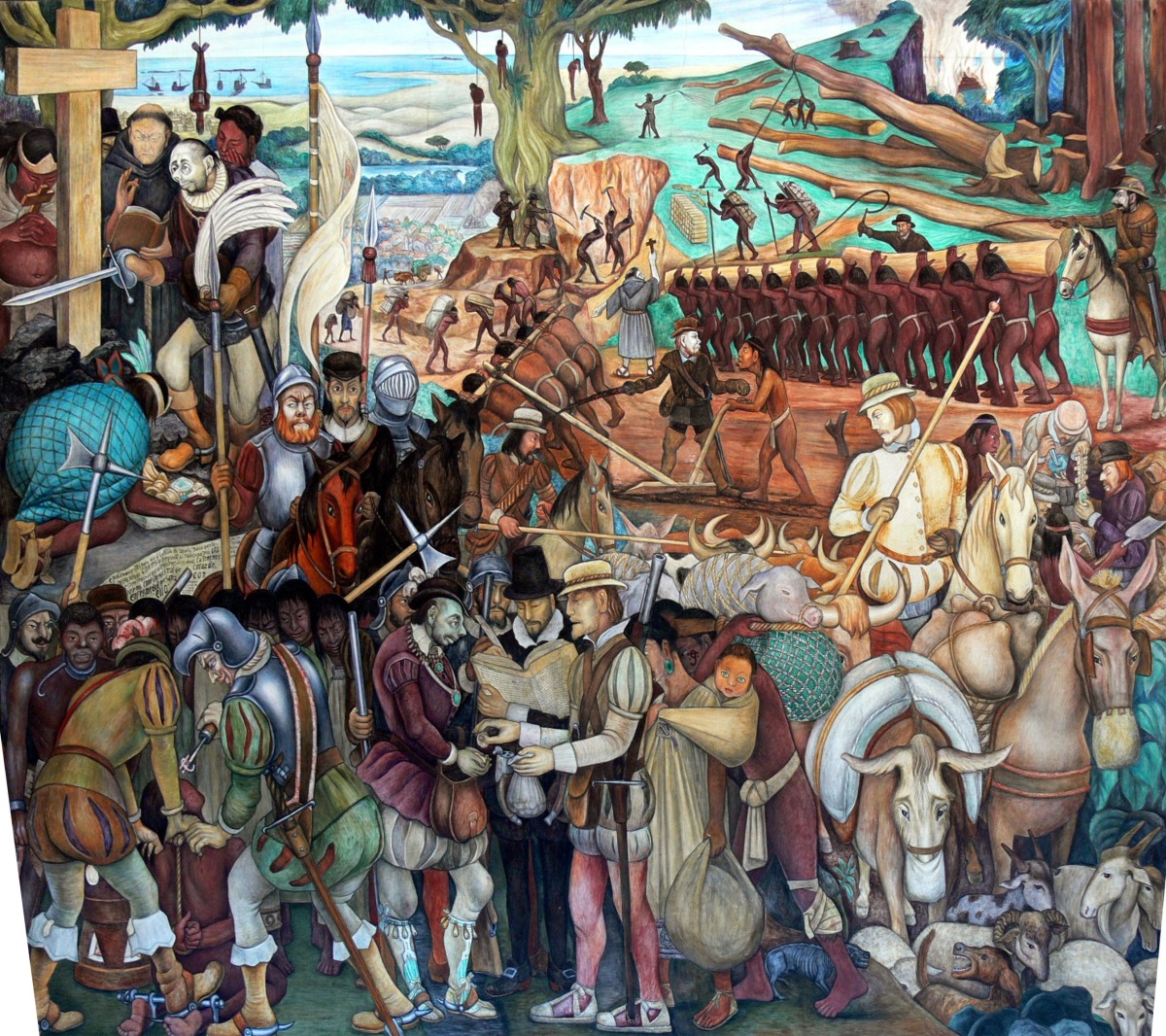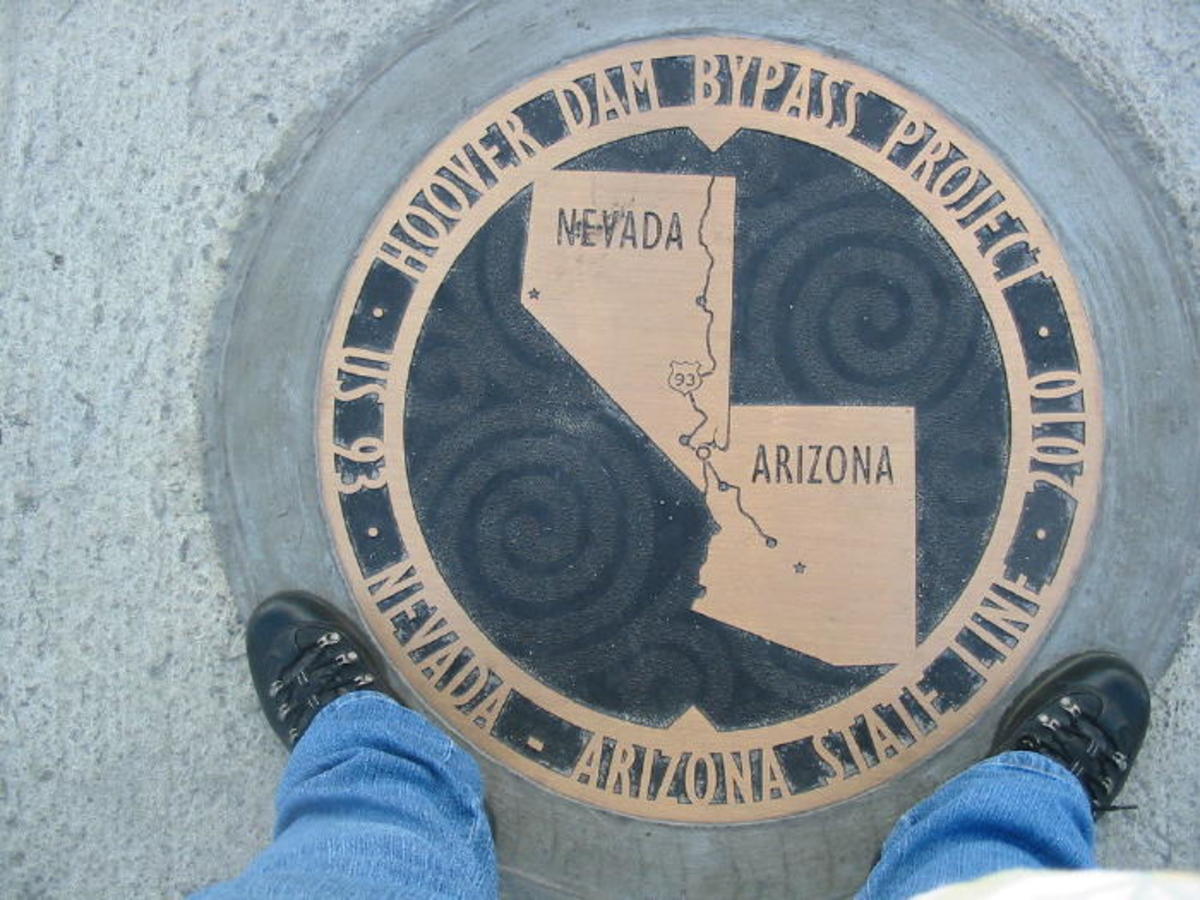The Giant Heads of Mexico
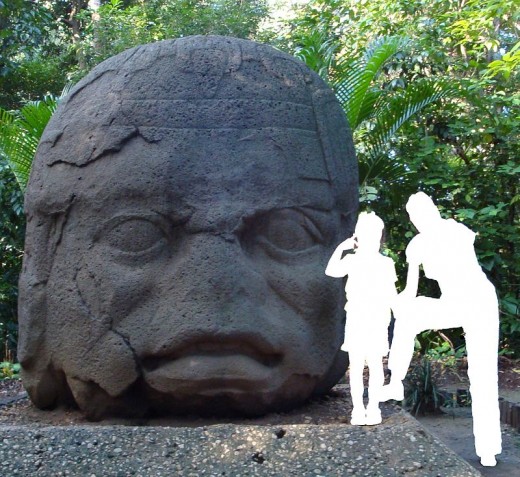
Scattered by various regions of Mexico, there are 17 giant heads that we know very little about, apart from having been made by the Olmec, a people who lived between 1500 and 400 BC in that region. They are the oldest known monuments in Prehispanic Mexico.
These giant sculptures were carved from single blocks and massive basalt. The basalt used to make most of the monuments came from the area of the Tuxtlas mountains. A large unfinished altar that was discovered in those mountains showed that the sculptures were given their first shapes at the quarry site, and then transported to the places where they were finished.
It is not known exactly how this transportation was done, but some must have been transported by the river and swept away by large distances. This only could be made by a people with a strong government since it is estimated that to drag each one it was needed about 1500 people. It's also important to notice that they still didn't use metals so their instruments were all stone-made.
The heads have common characteristics as flat nose, thick lips and flat faces. For some, these characteristics lead to think of the physiognomy of the African people which proved the African origin of the Olmecs, but there are also some characteristics of Asian people. Scholars of pre-Columbian culture deny, however, their African origin.
Other aspect of the heads is the fact that all have what appears to be a helmet and there are some of them that were carved more than once. It is thought today that they represent chiefs, but it's not known why at least two, have been cut more than once. It may have been due to rituals or lack of stone, which would oblige to change the faces when a chief was replaced. Another theory about the helmeted heads is that they reflect an aggressive, full contact sport. Evidence suggests that these heads were plastered and painted in bright colours.
It is known that at least two heads, were recycled or recarved, but it is not known whether this was simply due to the scarcity of stone or whether these actions had ritual or other connotations.
One big question today, is if they can prove an African Presence in Pre-Columbian America because of their Negroid features.
Map of the Olmec heartland
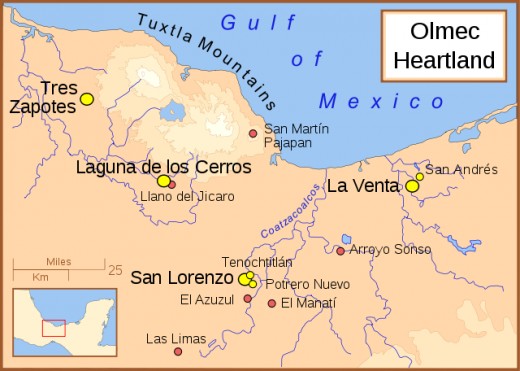
Some Colossal Heads
Click thumbnail to view full-size








Monument distribution
Site
| No. of monuments
|
|---|---|
San Lorenzo Tenochtitlan
| 10
|
La Venta
| 4
|
Tres Zapotes
| 2
|
La Cobata
| 1
|
Takalik Abaj
| 1 (possible)
|
Seventeen confirmed examples are known. An additional monument, at Takalik Abaj in Guatemala, is a throne that may have been carved from a colossal head.
Characteristics
San Lorenzo
The ten colossal heads from San Lorenzo originally formed two roughly parallel lines running north-south across the site.These heads, together with a number of monumental stone thrones, probably formed a processional route across the site, powerfully displaying its dynastic history. Two of the San Lorenzo heads had been re-carved from older thrones
La Venta
Three of the La Venta heads were found in a line running east-west in the northern Complex I; all three faced northwards, away from the city centre. The other head was found in Complex B to the south of the Great Pyramid, in a plaza that included a number of other sculptures.[
Tres Zapotes
The two heads at Tres Zapotes, with the La Cobata head, are stylistically distinct from the other known examples. These heads are sculpted with relatively simple headdresses; they have squat, wide proportions and distinctive facial features.
La Cobata
The La Cobata region was the source of the basalt used for carving all of the colossal heads in the Olmec heartland.The La Cobata head is more or less rounded and measures 3 by 3 metres (9.8 by 9.8 ft) by 3.4 metres (11 ft) high, making it the largest known head. Large parts of the monument seem to be roughed out without finished detail.
Takalik Abaj
Takalik Abaj Monument 23 dates to the Middle Preclassic period and appears to be an Olmec-style colossal head re-carved into a niche figure sculpture. If originally a colossal head then it would be the only known example from outside the Olmec heartland.
Olmec civilization
It's difficult for us to understand how people living over three thousand years ago, could transport 40 tonnes of stone for 160 Km. Today, Experimental Archeology can explain how this was possible.
The Olmecs were the first complex society in Mesoamerica and only a very well organized people could produce and transport such monuments. We know very little about this society that disappeared, mysteriously, between 400 and 350 BC.
Watch the video to know more about this Mesoamerican civilization and it's secrets.
List of replicas and their locations within the United States:
- Austin, Texas. In the Teresa Lozano Long Institute of Latin American Studies at the University of Texas.
- Chicago, Illinois. Placed in the Field Museum of Natural History
- Covina, California. Located in Jobe's Glen, Jalapa Park.
- McAllen, Texas. A replica is located in the International Museum of Art & Science.
- New York. Placed next to the main plaza in the grounds of Lehman College in the Bronx, New York.
- San Francisco, California. Placed in San Francisco City College, Ocean Campus.
- Washington, D.C. Placed near the Constitution Avenue entrance of the Smithsonian National Museum of Natural History
- West Valley City, Utah. Placed in the Utah Cultural Celebration Center
Links about the colossal heads
- Olmec - Study Guide to the Olmec
A study guide to the Olmec civilization, including timelines, important sites, important facts, subsistence and settlement, burning issues, and a bibliography - The Colossal Heads of the southern gulf-coast region of Mexico
By the methods of the physical anthropolgist it will be determined how closely the features of the heads compare with those of the Negro. - Colossal Heads
The foregoing comments are based on Olmecs, a definative English-language publication of Arqueología Mexicana
